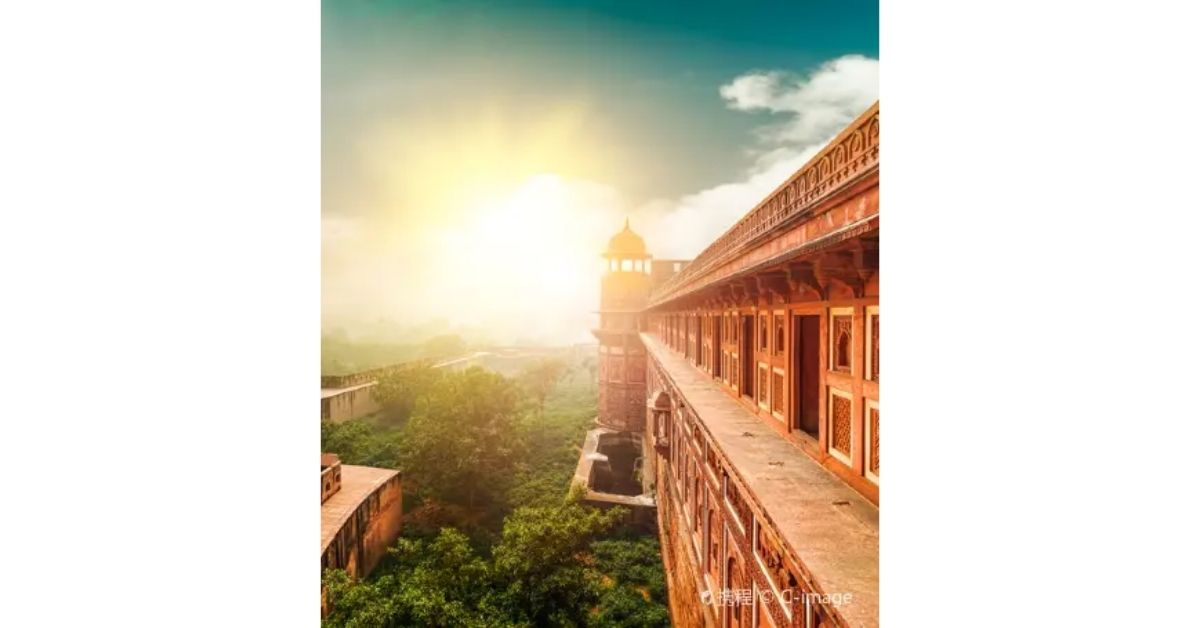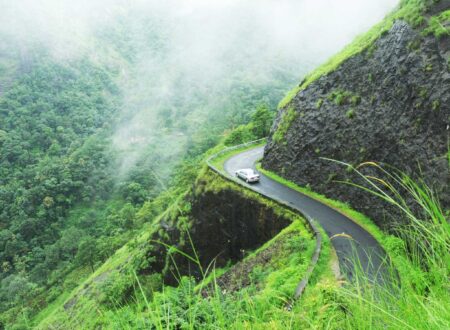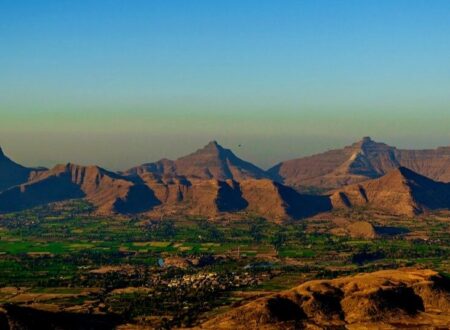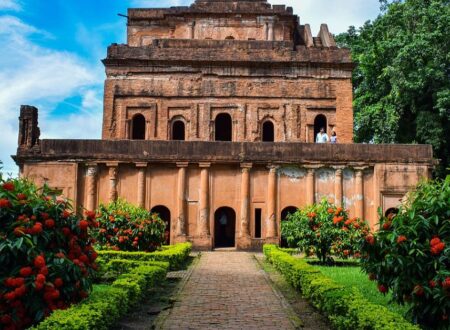Let us explore Ferozabad and how the architecture changed across medieval times!
India is a land that reflects every era and time it has been through in the rich architecture that is left behind. We can observe the Hindu Temple Architecture and the Indo-Islamic Architecture reflect the most in our monuments today. Especially in the ethnic city of Delhi – Ferozabad.
When we talk about Delhi, we see the state grow into a beautiful modernized world that has the essence of Dilwaalon ki Dilli. Ferozabad is a beautiful gem that the Delhi Sultanate back then gifted to Indian Architecture. Ferozabad gets its name from Sultan Firoz Shah Tughlaq of the Tughlaq Dynasty of Delhi Sultanate. This Empire contributed a lot to the establishment of Islamic Architecture in Delhi, Haryana, and Uttar Pradesh back in the day when the regions were under their rule. Since Delhi was the dynasty’s capital, the Tughlaqs put in their cultural essence intricately to reflect their heritage and pride in their roots in the then times.
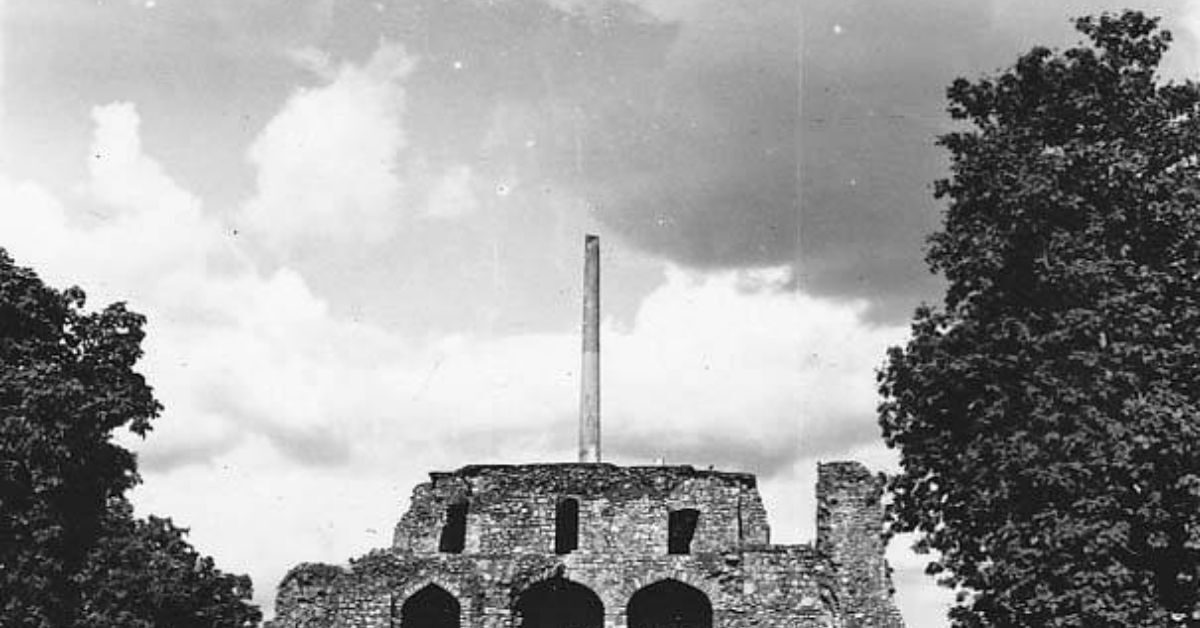
History of Ferozabad as a medieval Sultanate Capital city and its marvelous Architecture:
When Sultan Feroze began building Ferozabad as a city, he put up two huge Ashokan pillars to mark the lengths of his territory, and then the architecture of the Capital city flourished. Feroz Shah Kotla Fort was the main fort in the city of Ferozabad. Later, it went through major blows and attacks by Timur Gurkani.
The fort consists of Granite stones and Lime Mortar. While the Topra Ashokan Pillar that stands strong even today was built using polished sandstone.
Jami Masjid:

The Jami Masjid is the oldest mosque still standing and in use today. The Women Prayer Hall is now completely in ruin. Emperor Gurkani is said to have visited the Jami Masjid and admired its simple yet charming architecture. Furthermore, he had it recreated in Samarkand, Uzbekistan. He later went on to destroy the Tughlaq dynasty and reduce the fortress to ruins. Lime Mortar is also used in the construction of the masjid. However, the coating is on Quartz stone, giving it a subtle elegance.
The Circular Baoli (Well):
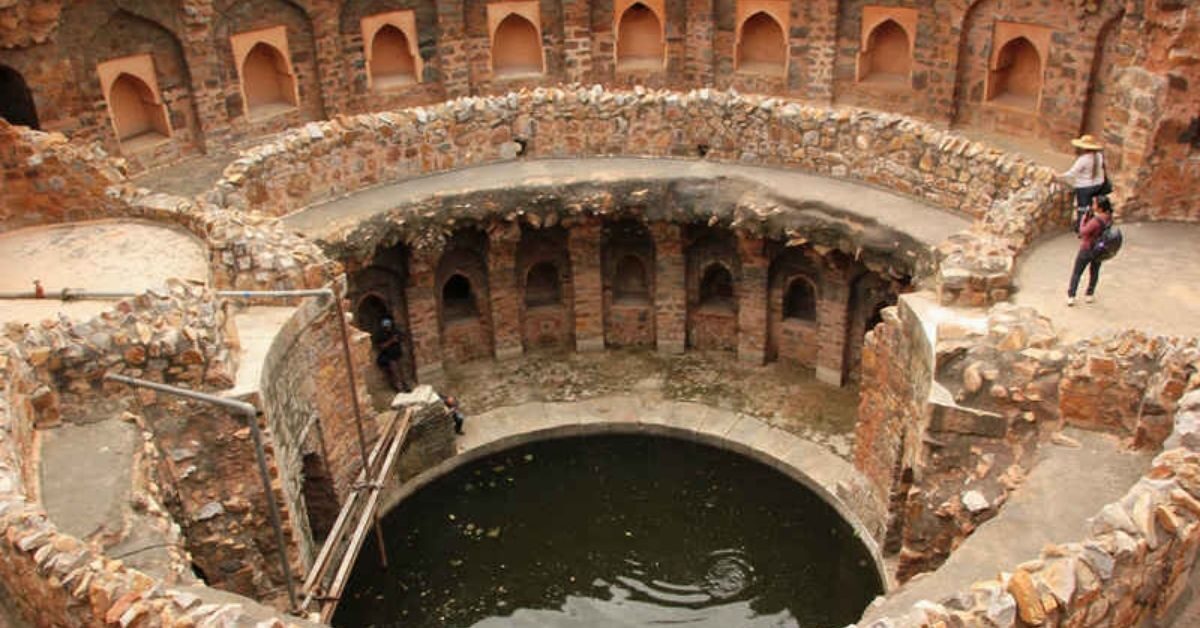
The only Circular Baoli to exist in Delhi has only Two levels surviving today. The Tank is intact with the well and is one of the only 4 Baolis in India to have this system of water storage. A Baoli is a stepwell and this Baoli is not open due to certain reasons by the Survey of India.
Wishes and Favours asked to the Jinn:
People believe that a jinn visits the fort who fulfills people’s wishes every Thursday. People write down their wishes on a piece of paper and stick them on the walls of the fort. However, in reality, it is not confirmed yet.
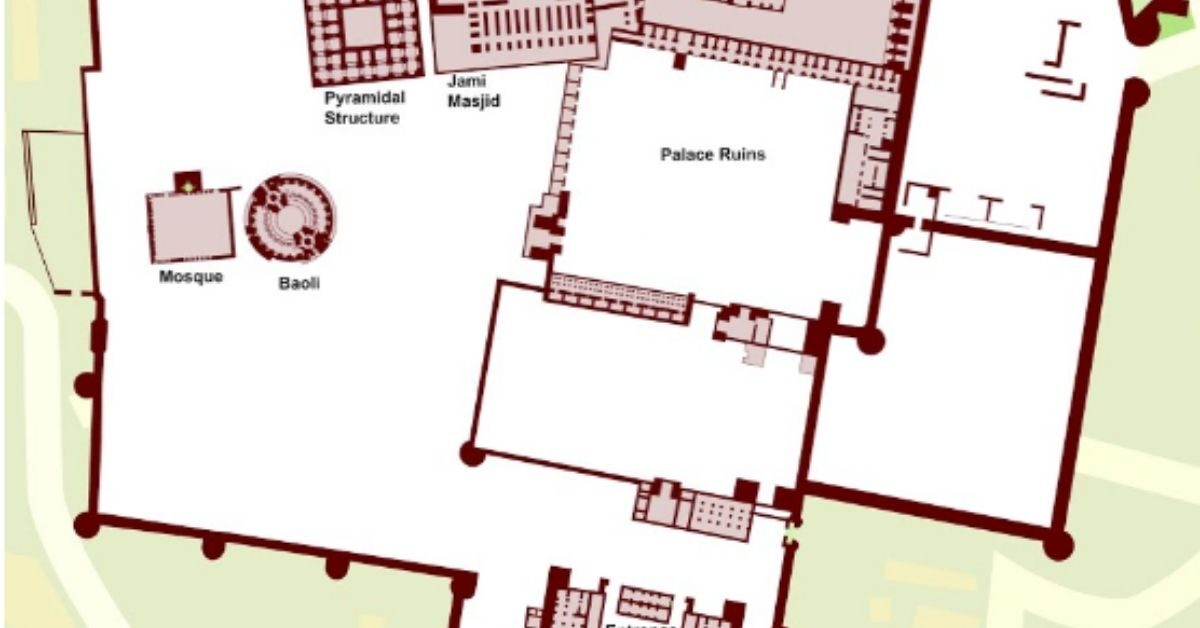
In a nutshell, While history gives a lot of credit to the Mughal Emperors for their beautiful Islamic architecture, medieval Islamic architecture by the Khiljis, Tughlaqs, and Lodis often go unnoticed. But these dynasties and their capital cities like Ferozabad, Daulatabad, Delhi, Agra were the earliest places to have the Establishment of Islamic beauty that flourished and evolved later in the hand of the Mughal Emperors.
Follow India Chalk on Instagram for more amazing travel content. You can share your travel story with us. Reach out to us on email at contact[at]ndiachalk[dot]com. This blog is curated by India Chalk and written by Megha Sapre.

